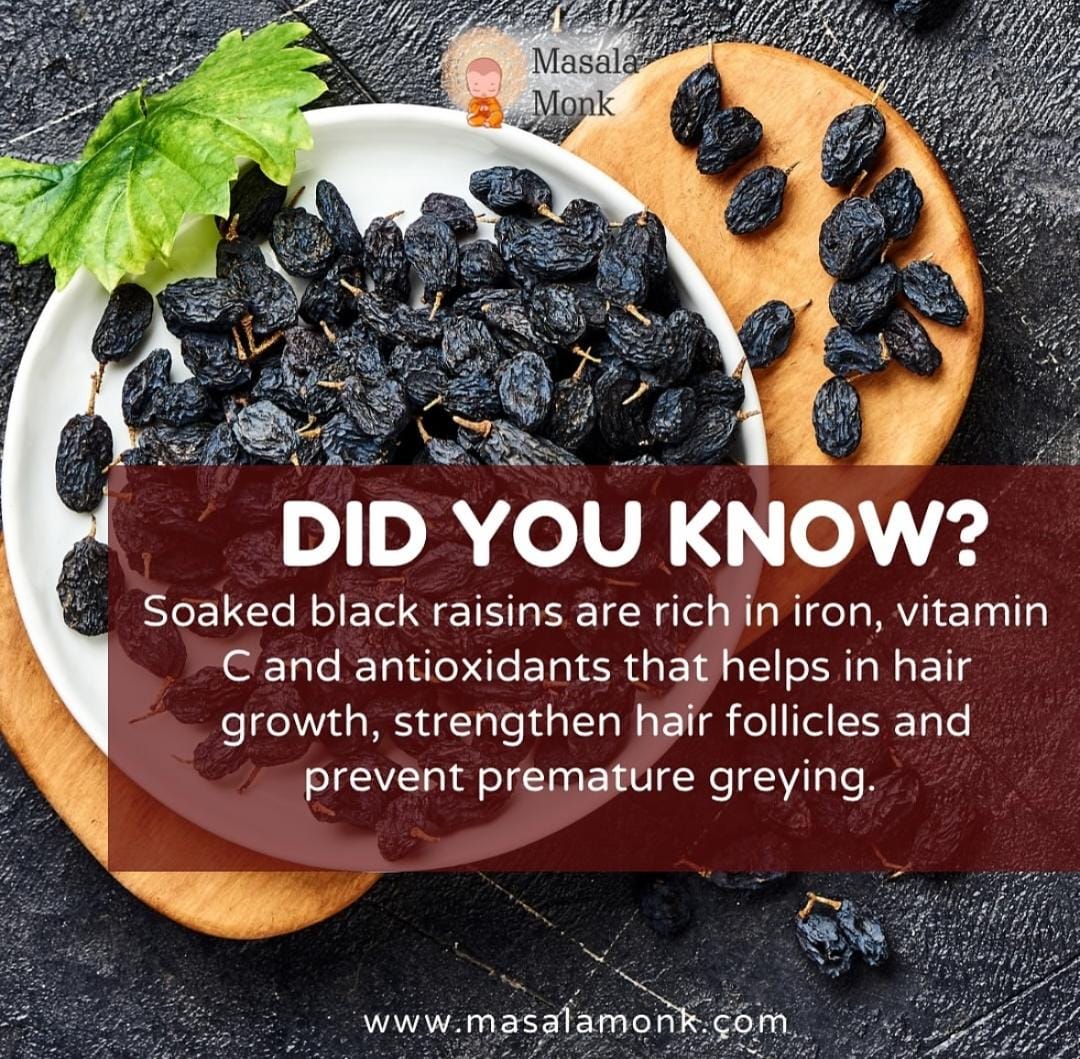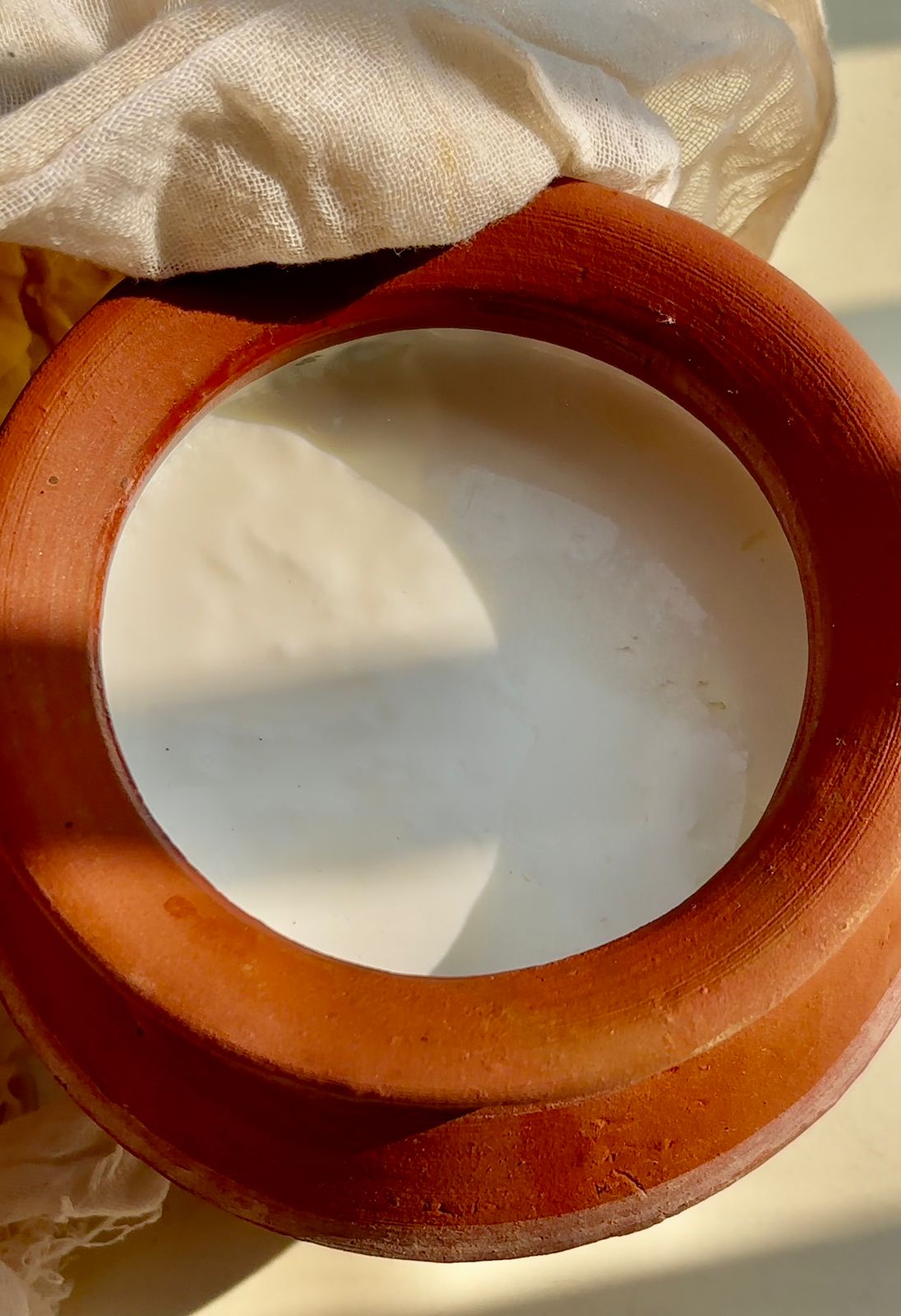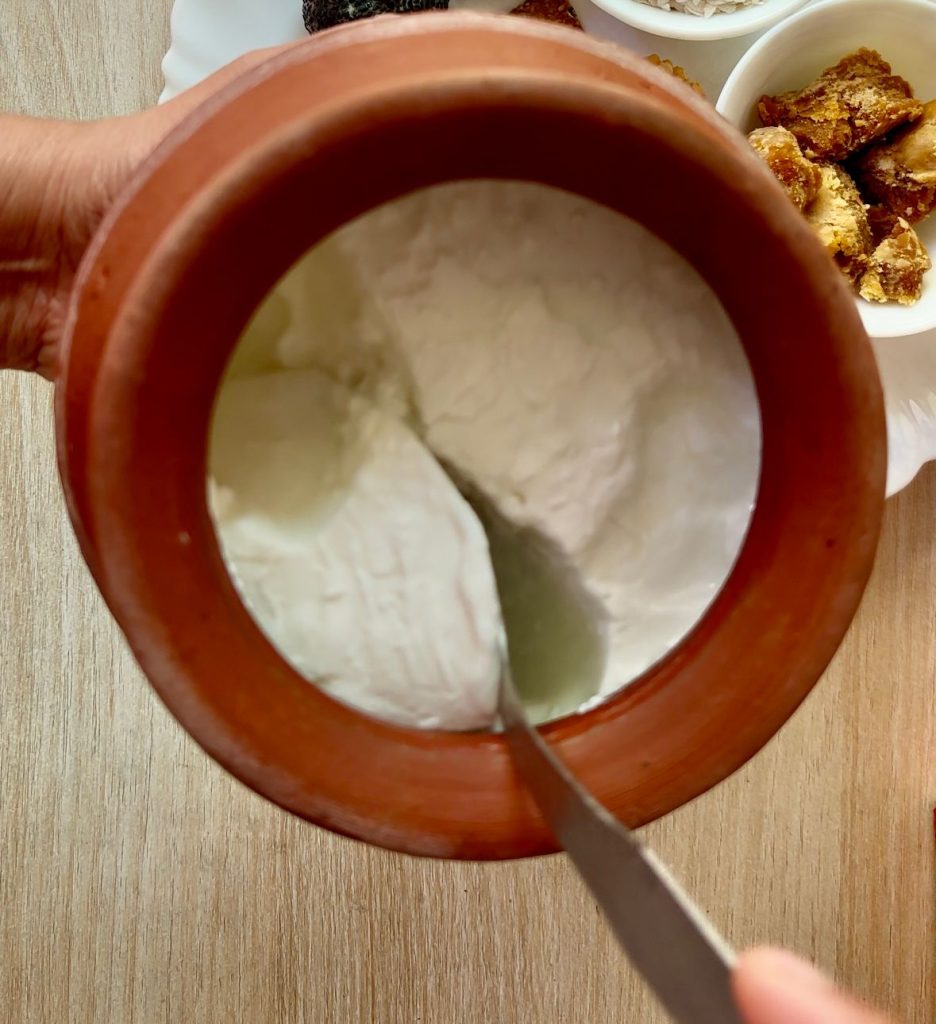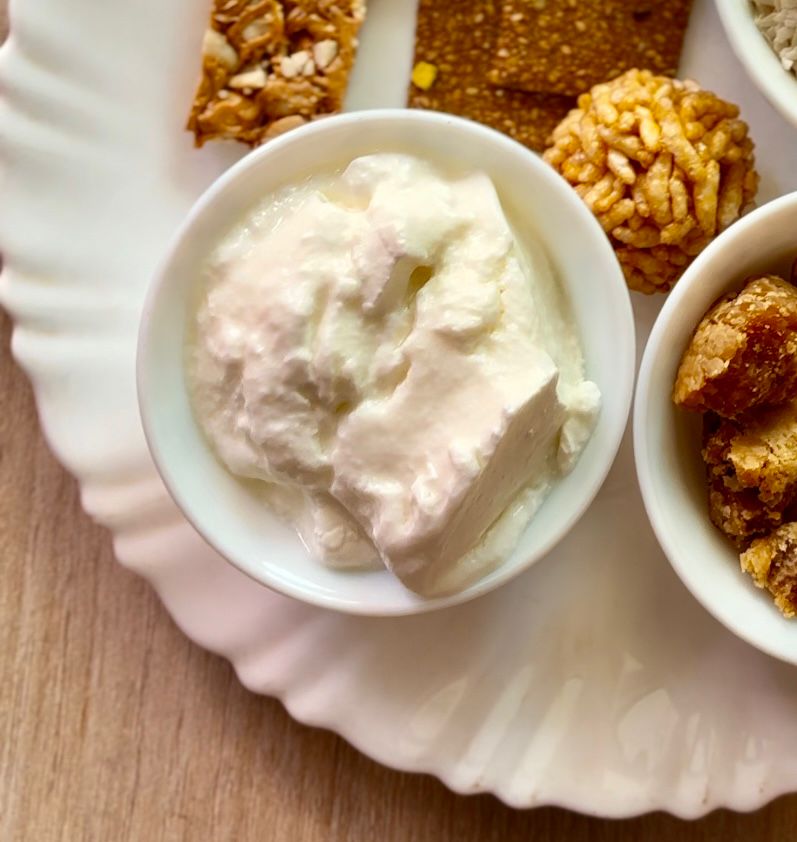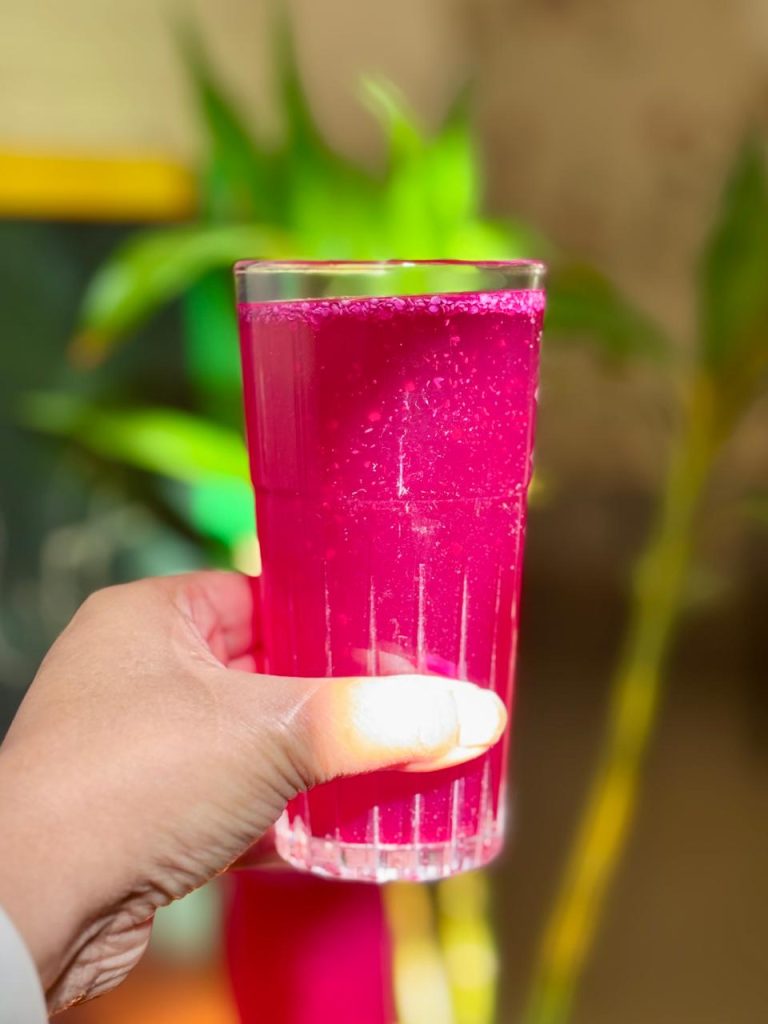
In a fast-paced world where convenience often dictates dietary choices, ultra-processed foods (UPFs) have become a staple across the globe. But at what cost? Recent studies have sounded a clear alarm: our growing dependence on these foods is linked to serious health risks, and even early death.
What Are Ultra-Processed Foods (UPFs)?
UPFs are industrially manufactured foods designed to be affordable, palatable, and convenient. They typically contain ingredients not found in home kitchens — such as preservatives, artificial colors, flavor enhancers, emulsifiers, and added sugars.
Examples include:
- Packaged snacks (chips, candy)
- Sugary drinks (sodas, sweetened juices)
- Instant noodles
- Ready-to-eat meals
- Processed meats (sausages, nuggets)
Unlike traditional processed foods (like cheese or canned beans), UPFs undergo multiple stages of processing, significantly altering their nutritional value.
What Does the Research Say?
A Global Perspective
An international study across 8 countries (including the US, UK, Brazil, and Canada) found that:
- Every 10% increase in UPF consumption increases the risk of early death by 3%.
- In the United States alone, UPFs are estimated to cause over 124,000 early deaths annually.
(Source: American Journal of Preventive Medicine, CNN coverage)
Another umbrella review published in The BMJ highlighted:
- 21% higher risk of all-cause mortality
- 66% higher risk of death from cardiovascular disease
- 40% higher risk of developing type 2 diabetes
- 22% higher risk of depression
- 55% higher risk of obesity
These results persisted even after adjusting for the overall quality of diets, strongly suggesting that the degree of processing — not just fat or sugar content — matters critically.
Short-Term and Long-Term Effects
- Short-term: Just five days of a high-UPF diet can impair brain insulin responsiveness, impacting cognitive functions and reward mechanisms (Institute for Diabetes Research, Germany).
- Long-term: Even a small daily intake of UPFs can accelerate biological aging by 2.4 months for every 200 calories consumed (Monash University study).
The Indian Context: An Alarming Shift
India, traditionally known for its rich and diverse culinary traditions, is witnessing a worrying rise in UPF consumption:
- Studies show higher abdominal obesity, dyslipidaemia, and diabetes linked to increased UPF intake among Indians.
- A significant proportion of calories in Indian urban households now come from UPFs rather than fruits and whole foods.
- Popular UPFs include breads, packaged snacks, sugar-sweetened beverages, and even some “instant” traditional recipes.
Compounding the problem:
- India lacks a clear national definition and regulatory framework for UPFs.
- Aggressive marketing targeting children and youth paints UPFs as “healthy”, despite their harmful profiles.
Kerala’s introduction of a “fat tax” in 2016 was an early attempt to address the issue, but broader, national strategies remain lacking.
Why Are UPFs So Harmful?
Beyond calories, UPFs pose dangers because:
- They often replace nutrient-dense foods, leading to micronutrient deficiencies.
- They disrupt gut microbiota essential for immune function.
- Additives like emulsifiers and artificial sweeteners may promote inflammation and metabolic disorders.
- UPFs are engineered to override natural satiety, causing overeating.
Policy Recommendations: What Should Be Done?
Public health experts globally recommend:
- Front-of-Pack Labels (FOPL): Clear warnings about high sugar, salt, and fat content.
- Restricting Marketing to Children: Banning ads that glamorize unhealthy foods.
- Taxation: Levies on sugary drinks and UPFs to discourage overconsumption.
- Educational Campaigns: Promoting whole, minimally processed foods.
- Revising Dietary Guidelines: Specifically limiting UPFs, not just sugar or fat.
Countries like Chile and Mexico have seen positive results from mandatory warning labels and taxation — models that could be adapted worldwide.
How Can Individuals Protect Themselves?
While waiting for policy changes, individuals can make safer choices today:
- Read Ingredient Lists: Short, familiar ingredients = better.
- Prioritize Whole Foods: Fresh fruits, vegetables, legumes, grains, and nuts.
- Cook More at Home: Control ingredients and processing.
- Limit Packaged Foods: Even if marketed as “healthy” or “natural”, check processing levels.
- Educate Children: Teach the value of real food early on.
Conclusion: A Global Health Imperative
Ultra-processed foods are no longer just a convenience — they represent a significant public health challenge worldwide. Whether you live in New York, New Delhi, Nairobi, or Newcastle, the evidence is clear: minimizing UPF intake can profoundly impact your health, lifespan, and overall well-being.
Governments, industries, communities, and individuals must act swiftly and decisively. The future health of millions depends on it.
FAQs for the Blog Post
1. What exactly qualifies as an ultra-processed food (UPF)?
Ultra-processed foods are industrial formulations made mostly or entirely from substances extracted from foods, derived from food constituents, or synthesized in laboratories. They typically contain additives like preservatives, colorings, flavorings, and emulsifiers.
2. Are all packaged foods ultra-processed?
No, not all packaged foods are ultra-processed. Foods like frozen vegetables, plain yogurt, or canned beans with minimal additives are processed but not ultra-processed. It’s the level of industrial processing and addition of synthetic ingredients that matters.
3. Why are UPFs linked to early death and diseases?
Research shows that UPFs are linked to inflammation, metabolic disruption, poor gut health, and nutrient deficiencies. They often replace healthier foods in diets, compounding the risks of obesity, diabetes, heart disease, and even certain cancers.
4. Can I eat UPFs in moderation without serious health risks?
Small, occasional consumption may not cause significant harm in an otherwise balanced diet. However, consistent and high intake — common in modern diets — is where the major health risks emerge.
5. What is the situation with UPFs in India specifically?
India is witnessing a sharp rise in UPF consumption, especially among urban and younger populations. This is leading to a spike in non-communicable diseases like obesity, hypertension, and type 2 diabetes, traditionally less common in Indian populations.
6. Are “healthy” labeled products like protein bars and cereals also UPFs?
Many health-labeled foods are still ultra-processed, despite marketing claims. Always check ingredient lists: a long list of unfamiliar names often signals ultra-processing.
7. What should I look for on food labels to avoid UPFs?
Avoid products with ingredients such as hydrogenated oils, maltodextrin, artificial flavors, sweeteners like aspartame, and preservatives like BHA or BHT. Short, simple ingredient lists are usually safer.
8. Is there any difference between homemade processed foods and industrial UPFs?
Yes. Home cooking might involve basic processing (like baking or boiling), but it does not include the industrial-level chemical processing and synthetic additives that characterize UPFs.
9. Are governments doing anything to reduce UPF consumption?
Yes, in some countries. Chile, Mexico, and parts of India (like Kerala) have started initiatives like warning labels and fat taxes. Globally, however, policies are still emerging and inconsistent.
10. How can I gradually reduce my dependence on UPFs?
Start by introducing more fresh fruits, vegetables, whole grains, and homemade meals. Plan simple meals ahead, minimize grocery purchases of packaged snacks, and educate yourself and your family about mindful eating.

